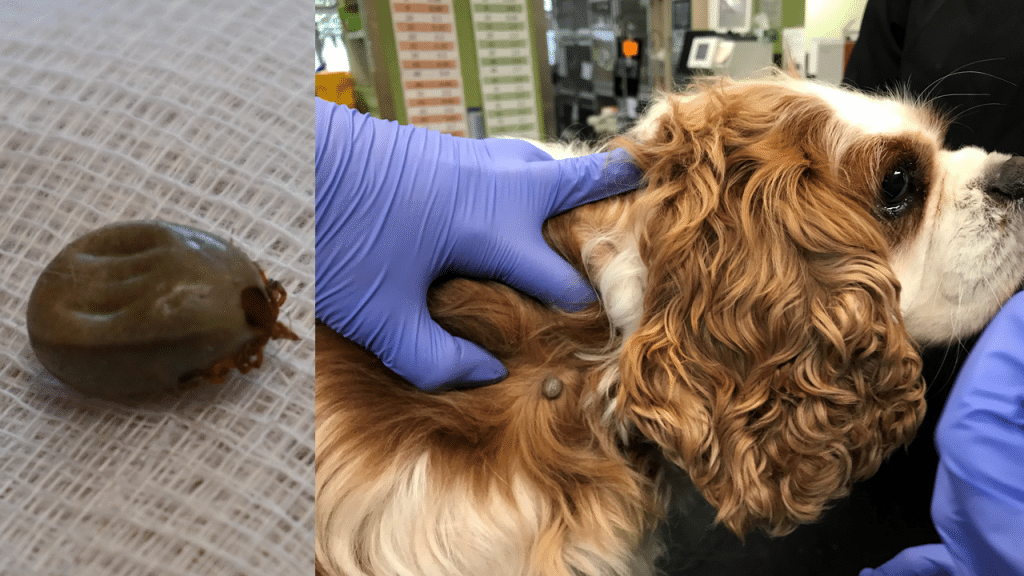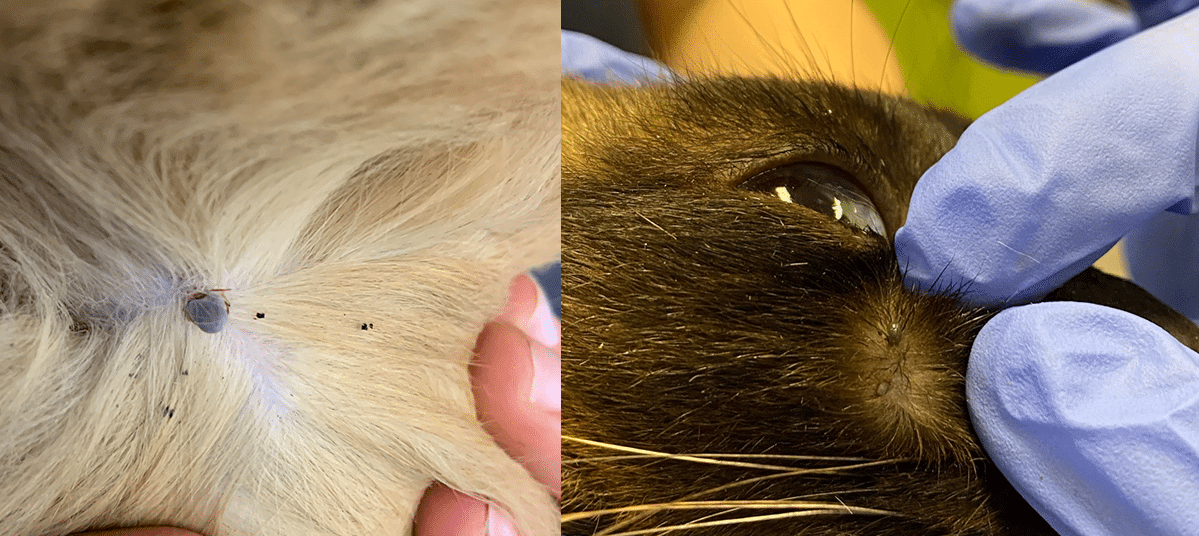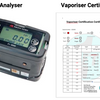Vet Nurse's Guide to Tick Paralysis Patients 🐜

Warmer weather means ticks are here 🐜
BE PREPARED to support and maximise every patients chance of a smooth recovery.
Intravenous Tick Anti-Serum Administration
The anti-serum is always given intravenously, as this offers the most rapid and reliable distribution throughout the body.
Tick Anti-Serum should be delivered at a 1:1 ratio with saline slow IV over ONE hour. To achieve accurate and smooth administration at the desired rate, it is highly recommended to use an infusion pump.
Body Clipping
This is recommended highly in all cases of tick paralysis. This is to prevent the risk of other ticks being left identified. To prevent the continuing exposure to tick venom and ensuing paralysis requires removal of all ticks.
It is important not to stress the patient throughout this process so along with the use of sedation, ensure your clippers are quick and easy to use through potentially knotty, tangled fur.

Fluid Therapy
The administration of intravenous fluids to dogs suffering from tick paralysis has shown to decrease the duration of hospital stay.
There has often been a hesitancy in using fluid therapy due to concerns about potential pulmonary eodema related to the cardiac effects of tick toxicity. The application of intravenous fluids should be based on a specific fluid plan designed for each patient.
Since all patients will be on a “nil per os” status for at least 24 hours, fluid therapy is recommended from admission to ensure proper hydration and compensate for ongoing losses.
It’s important to closely observe and follow standard monitoring and precautions for intravenous fluid administration.
Oxygen Therapy
If the patient is receiving oxygen therapy or there are concerns about ventilation then oxygen saturations are measured every 2 hours.
The nursing and care of a patient being ventilated is beyond the scope of this protocol.
Suction
Patients that are regurgitating and retching also require more intensive nursing care, as aspiration is a high risk especially in patients that are severely affected.
Immediate suctioning of the oral and pharyngeal areas after a regurgitation event is of extreme importance to reduce the risk aspiration.
Nursing Monitoring
What to look out for
The majority of tick paralysis patients are unable to self-position, urinate or even blink, so intensive nursing care is critical.
Dry bedding and regular turning is important to prevent pressure sores.
Patient Positioning
Dry bedding and regular turning is important to prevent pressure sores.
Aspiration
Patient positioning can also help prevent aspiration of regurgitated material by keeping them in sternal recumbency with the trachea angled ventrally.
Urination
Regular bladder checks are indicated, with expression, or placement of an indwelling urinary catheter, to prevent bladder overfill, incontinence or urinary tract infections. The use of waterproof pad where any urine beads away is ideal to reduce the risk of urine scalding.
TPR
It is recommended that nurses perform a full TPR on these patients every 2-4 hours. This includes SpO2 monitoring.
Blink Reflex
Regular artificial tear administration (every 2 hours) is also required.
These are a few VITAL components for ensuring the best chance for a smooth recovery for your tick paralysis patients. A very important piece of information to remember is that, no two patients will ever be the same and each patient will require a varied patient protocol developed by your veterinary team.
- Posted in:
- Vet Nurse Guide







